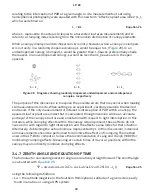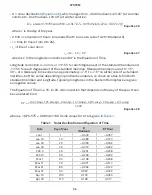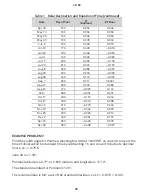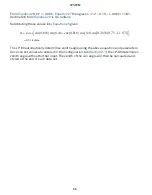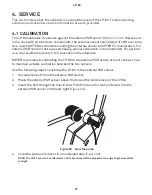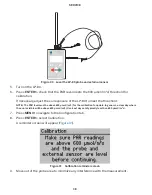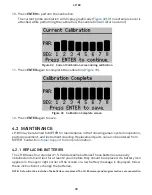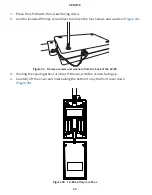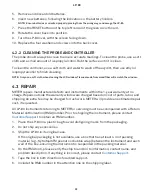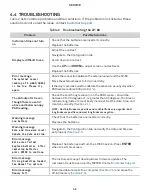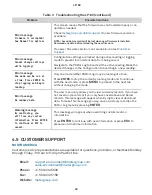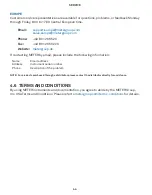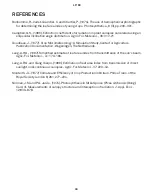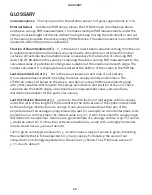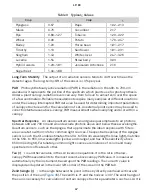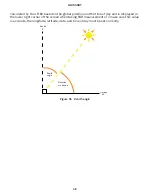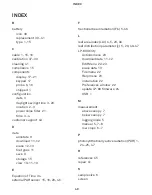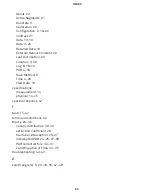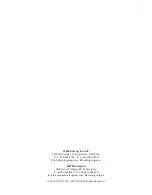
47
LP-80
Table 3 Typical
χ
Values
Crop
χ
Crop
χ
Ryegrass
0.67
Rape
1.92–2.13
Maize
0.76
Cucumber
2.17
Rye
0.80–1.27
Tobacco
1.29–2.22
Wheat
0.96
Potato
1.70–2.47
Barley
1.20
Horse bean
1.81–2.17
Timothy
1.13
Sunflower
1.81–2.31
Sorghum
1.43
White clover
2.47–3.26
Lucerne
1.54
Strawberry
3.03
Hybrid swede
1.29–1.81
Jerusalem Artichoke
2.16
Sugar beet
1.46–1.88
Long-Term Stability The output of all radiation sensors tends to drift over time as the
detector ages. The long-term shift of the sensor is <3% per year.
PAR Photosynthetically active radiation (PAR) is the radiation in the 400- to 700-nm
waveband. It represents the portion of the spectrum which plants use for photosynthesis.
Under a plant canopy, radiation levels can vary from full sun to almost zero over the space
of a few centimeters. Reliable measurements require many samples at different locations
under the canopy. Intercepted PAR data can be used for determining important parameters
of canopy structure and for the calculation of LAI. An external point sensor may be used to
collect instantaneous above-canopy PAR measurements when sampling under or within a
canopy.
Spectral Response An ideal quantum sensor would give equal emphasis to all photons
between 400 and 700 nm and would exclude photons above and below these wavelengths.
Quantum sensors, such as the Apogee, that approximate the ideal response with filters
are accurate to within ±3% for common light sources. The spectral response of the Apogee
sensor is such that it underestimates the 400- to 500-nm wavelengths (blue light), matches
in the 550- to 650-nm wavelengths (yellow and orange), and has little sensitivity above
650 nm (red light). Fortunately, common light sources are mixtures of colors and many
spectral errors offset each other.
Tau (
τ
)
τ
is another variable in the LAI inversion equations. It is the ratio of below-
canopy PAR measurements to the most recent-above canopy PAR value. It is measured
automatically by the instrument, based upon the PAR readings. The current
τ
value is
displayed and updated in the lower left corner of the screen in the PAR tab.
Zenith Angle (
z
)
z
is the angle between the point in the sky directly overhead vertical and
the position of the sun (
). The zenith is 0° and the horizon is 90°. The zenith angle of
the sun is necessary for calculation of certain canopy structure parameters, such as LAI. It is

